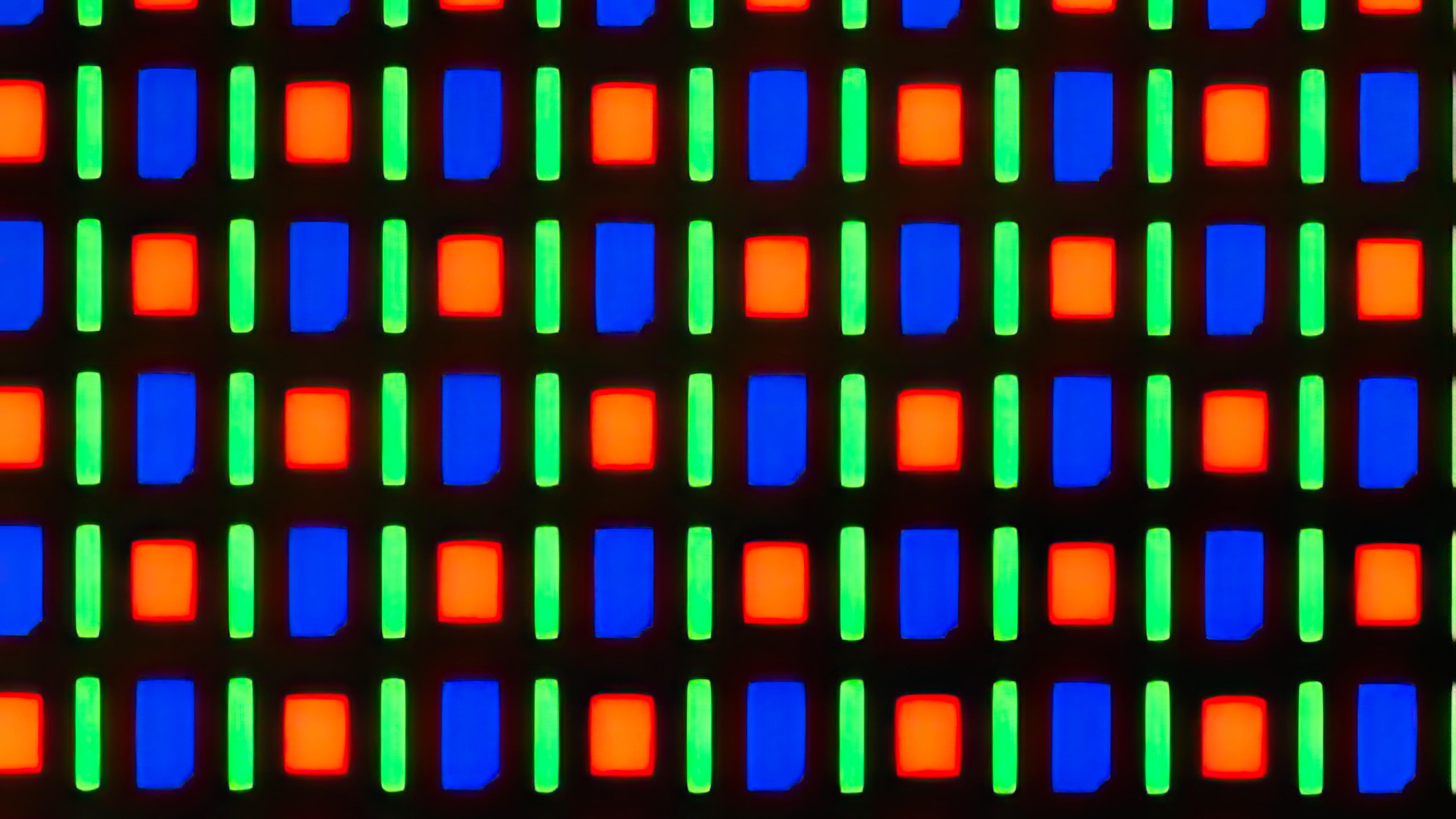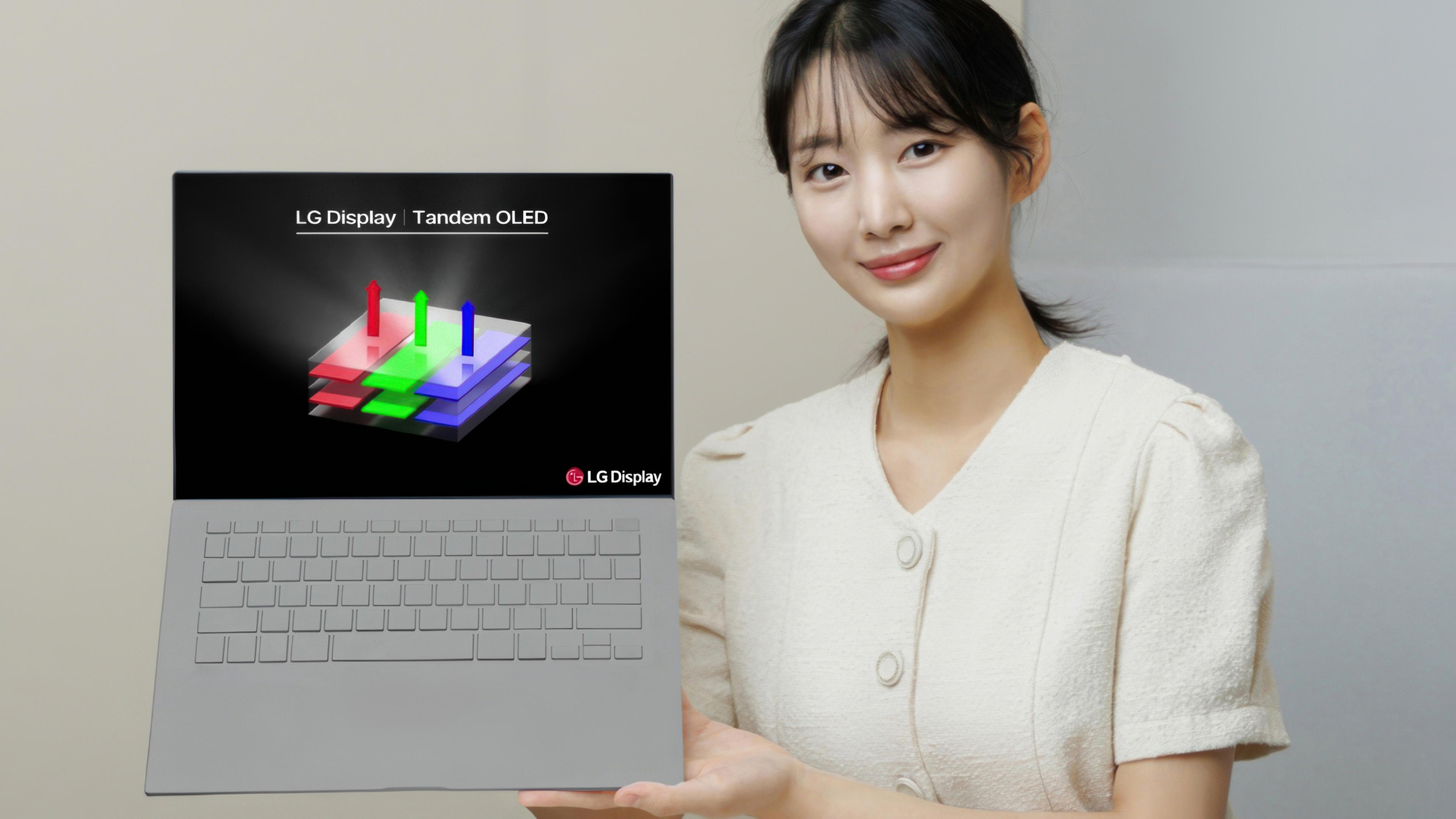Unleashing the Potential of Graphene in the Display and Electronics Industries
Graphene is revolutionizing the display and electronics industries with its exceptional properties. Recent guidelines and advancements, detailed in the "Graphene Market & 2D Materials Assessment 2024-2034: Technologies, Markets" report, provide vital insights for professionals in these fields. At Interelectronix, we stay ahead of these developments, offering expertise to help you leverage graphene's potential. Let's explore how graphene can transform your projects.
Cutting-Edge Guidelines for Graphene in Display and Lighting
Recent publications have outlined the latest applications of graphene in the display and lighting industries. These guidelines offer detailed knowledge on applying graphene to enhance products, covering various applications and providing valuable insights for companies aiming to innovate with this material.
Graphene Know-How: Detailed Applications
Current market reports provide extensive knowledge on applying graphene in different sectors. This information is crucial for companies looking to utilize graphene's unique properties, such as its electrical conductivity, flexibility, and strength.
Graphene in LED and OLED Lighting
Graphene's use in LED and OLED lighting has improved significantly, enhancing heat dissipation and light emission efficiency. This results in brighter, longer-lasting, and more energy-efficient lighting solutions. For lighting companies, incorporating graphene can significantly enhance product performance.
Graphene as a Backplane Display Material
In display technology, graphene continues to be an excellent backplane material. Its flexibility and strength allow for thinner, lighter, and more durable displays. Graphene's electrical properties enable faster response times and better display resolution, making it ideal for modern screens, from smartphones to large-scale monitors.
Transparent Electrodes Made of Graphene
Graphene's transparency and conductivity make it perfect for transparent electrodes in touchscreens, flexible displays, and solar cells. Using graphene, manufacturers can create more efficient and versatile devices, leading to innovations like foldable phones and advanced wearable technology.
Graphene-Based Encapsulation
Graphene provides superior encapsulation for protecting electronic components. Its impermeable nature safeguards components against moisture and environmental factors, enhancing the longevity and reliability of devices. This application is crucial for developing next-generation electronics that are both durable and high-performing.
Graphene: Moving Out of the Lab and Into the Market
Graphene-related materials are progressing rapidly through their own hype curve. The commercialization of graphene is making steady progress, and experts expect the market to grow significantly over the next decade. Graphene-related materials come in various types, grades, and forms, each with a unique commercial outlook.
Commercialization and Standardization
There is ongoing progress towards the standardization and safety qualification of graphene materials, although challenges remain. Extensive analysis and benchmarking studies cover the complete range of graphene materials, including graphene nanoplatelets (GNP), graphene oxide (GO), and reduced graphene oxide (rGO). These forms are closest to significant commercial uptake, with rapid growth observed in applications such as polymer composites for automotive, heat spreaders for smartphones, industrial elastomers, and anti-corrosion coatings.
Multifunctional Requirements
No single type of graphene is best for all applications. Different applications have varied requirements, and end-users now understand that the optimal materials cannot be determined in advance. Factors such as graphene morphology and purity influence final application results. Companies are competing to master the critical stage of dispersing graphene and introducing valuable functionality, offering a range of intermediate products.
Production Processes and Market Dynamics
Numerous strengths and weaknesses exist in different graphene production processes, with liquid phase exfoliation and oxidation-reduction processes being dominant. The report explores these processes in detail and investigates emerging alternatives aimed at improving efficiency and enhancing final products.
Market Consolidation
There are many graphene manufacturers today, but this number is expected to decrease as the market consolidates. Major successes will lead to fewer but more prominent players. The report tracks the progress of manufacturers, including their revenue, profitability, capacity, price, properties, partnerships, and more. China has become a significant territory in terms of production capacity and research.
Financial Trends
Revenue for graphene companies has been rising steadily and is expected to accelerate as the market grows. However, this rise has not always translated into increased profit. The industry as a whole is still largely loss-making, with only a few profitable companies. Public and private funding remains crucial for this nascent industry.
Advanced Materials and Market Needs
Advanced materials often suffer from being pushed by material innovation rather than pulled by market demand. The report examines key sectors to understand business cases that address unmet needs. Market drivers include improved thermal management, sustainability, lightweighting, and product longevity.
Promising Applications
With a broad range of potential applications, key areas of success are likely to include composites, energy storage, concrete, coatings, thermal management, and textiles. The report provides an outlook on the revenue and volume progression for these applications over the next decade.
Graphene Films, Wafers, and Beyond
Graphene films and wafers, typically grown via a CVD process, have different commercialization paths. While transistors and transparent conductive films (TCFs) faced challenges, sensors and optoelectronic applications are showing commercial success. The next decade looks promising for these markets.
Emerging 2D Materials
Beyond graphene, a new family of 2D materials is emerging, each with unique properties and commercial potential. Early-stage development is ongoing for materials like boron nitride, transition metal dichalcogenides, MXenes, and Xenes. The report provides a detailed assessment of these materials, focusing on technical progress, market applications, and early-stage commercial companies.
Competitive Landscape
Graphene is not the first nanomaterial to emerge from the lab. Carbon black, for example, is a well-established conductive carbon powder with numerous grades. The commercial progression of multi-walled and single-walled carbon nanotubes offers valuable lessons, particularly in their roles in lithium-ion battery cathodes.
Why Interelectronix
At Interelectronix, we understand the transformative potential of graphene. We specialize in display and lighting technology and have in-depth knowledge of graphene applications. Our expertise positions us as your ideal partner in innovation. We stay updated on the latest developments and provide tailored solutions to meet your needs. Contact us to explore how graphene can elevate your products and give you a competitive edge in the market.
For more insights and to discuss how we can support your projects, get in touch with Interelectronix today. Let us help you harness the power of graphene and turn your ideas into reality.







